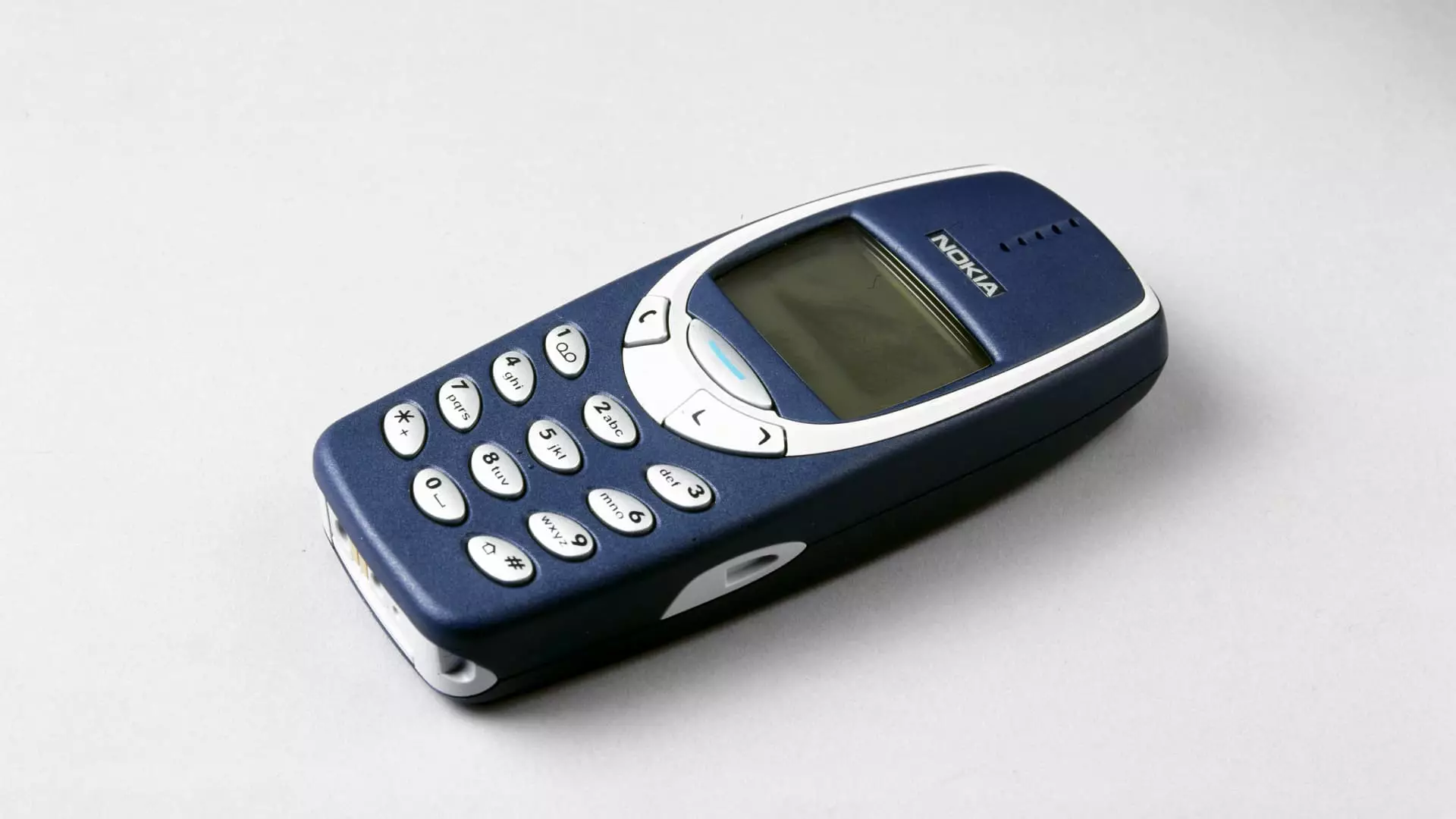When Apple first introduced the iPhone to the world in 2007, it was hailed as a “revolutionary product” by Steve Jobs. The handset category was in desperate need of reinvention, and Apple stepped up to the plate. Little did anyone know at the time that this device would go on to become one of the most popular phones in the world.
In its first year of sales, the iPhone faced a lukewarm response. Apple sold only 1.4 million units in 2007, with the majority of sales coming in the fourth quarter. This was in stark contrast to the iconic Nokia 3310, which sold a staggering 7.4 million phones in the same quarter alone. Many investors were skeptical about the iPhone’s potential and deemed it a failure right from the start.
Despite the initial disappointment, Apple started to gain traction in 2008 with the launch of the App Store. This allowed third-party developers to create applications for the iPhone, opening up a whole new world of possibilities. Other phone manufacturers failed to recognize the potential of this concept, giving Apple a significant advantage in the market.
In the years following the introduction of the App Store, Apple experienced a steady increase in iPhone unit sales. The company achieved a major milestone in 2011, selling over 50 million units with the release of the iPhone 4s. By 2015, Apple was selling over 200 million iPhones annually, solidifying its dominance in the smartphone market.
The iPhone set the standard for smartphones, with its innovative features and user-friendly interface. Other companies, such as Samsung, tried to compete, but Apple’s ecosystem proved to be unbeatable. Apple became the first publicly traded U.S. company to reach a $1 trillion market cap, cementing its position as one of the most profitable companies in the world.
While Apple’s success in the smartphone market is undeniable, the company faces challenges from competitors embracing emerging technologies. Companies like Microsoft, Google, and Open AI have been more forthcoming in their adoption of machine learning and AI. Although Apple has integrated AI into its products, there is still untapped potential that the iPhone has yet to fully capture.
Despite the growing competition, Apple recently surpassed Samsung as the world’s smartphone leader for the first time. With over 20% of the global market share, Apple took Samsung’s spot that had been held since 2010. This achievement is a testament to Apple’s ability to build a strong ecosystem and maintain its dominance in the industry.
The iPhone has come a long way since its humble beginnings. From being labeled “dead on arrival” to becoming a global phenomenon, Apple’s flagship device has revolutionized the way we communicate and interact with technology. While challenges and opportunities remain in the form of emerging technologies, one thing is certain – the iPhone has left an indelible mark on the world of smartphones.


Leave a Reply